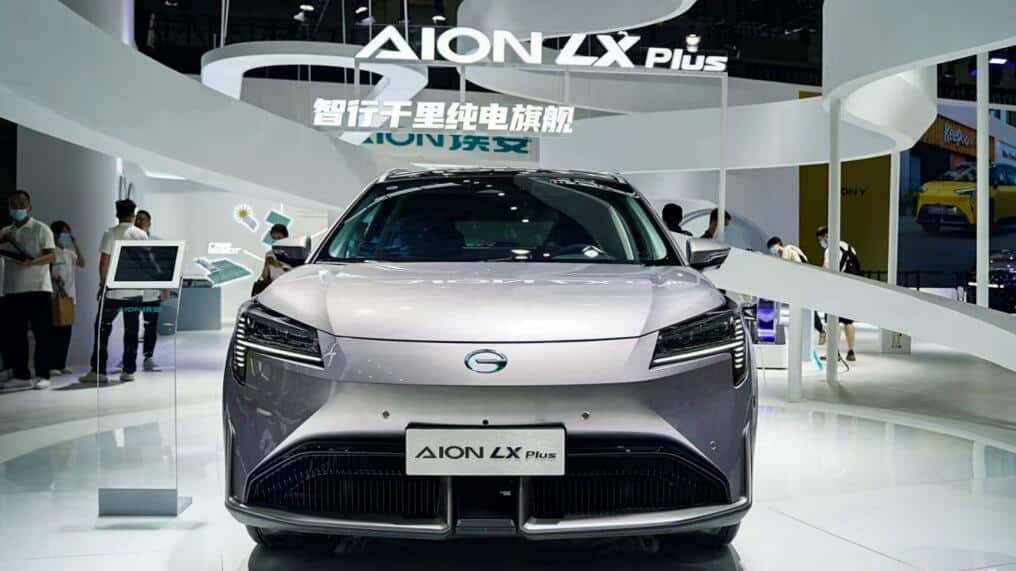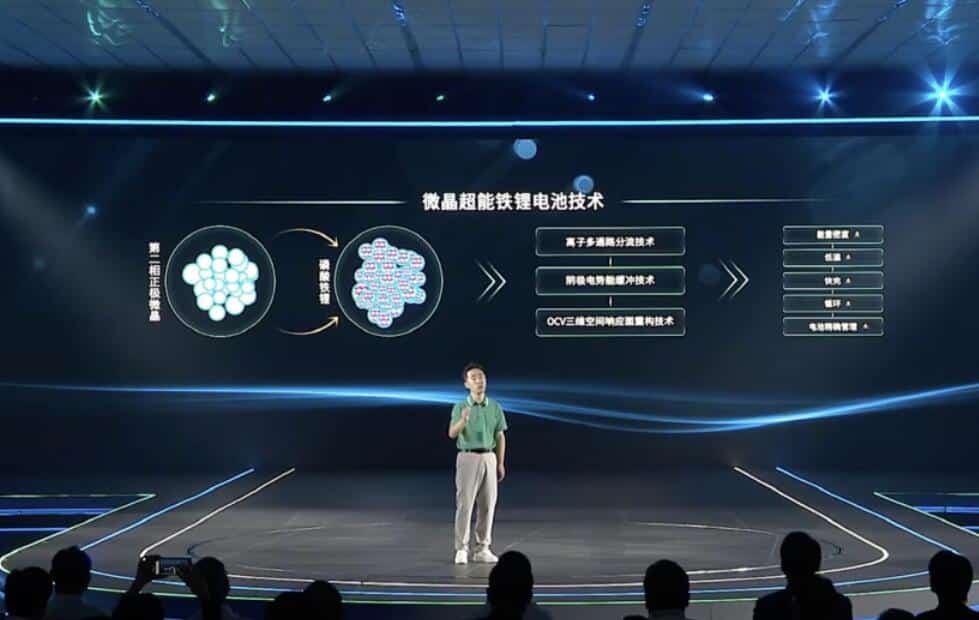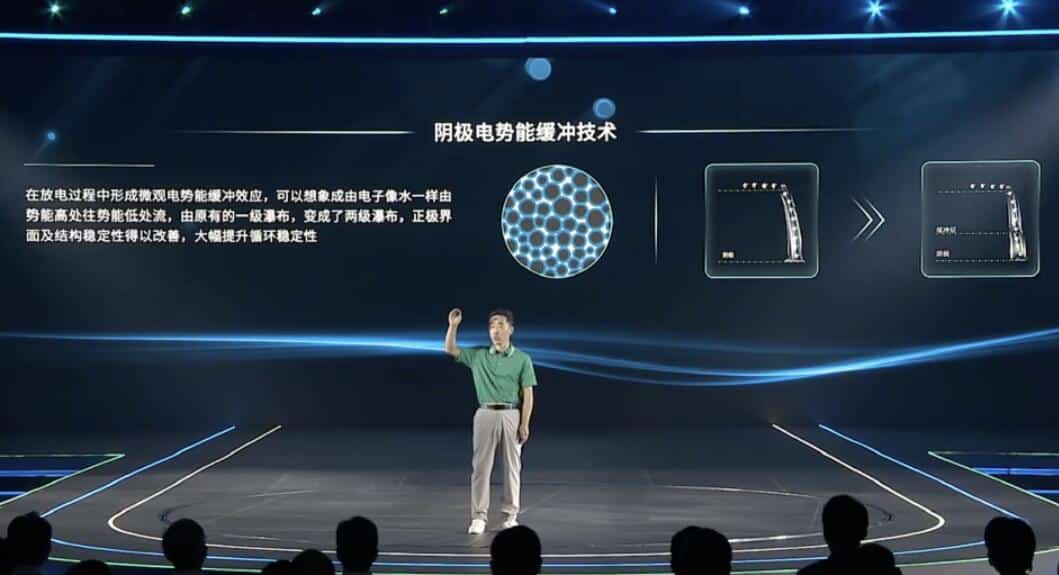The technology enables batteries to achieve fast charging rates of 2C and above, with a lifetime of more than 1.5 million kilometers, GAC said.
(Image credit: GAC Aion)
Chinese automotive giant GAC Group today unveiled its new battery technology, following the launch a year ago of the technology that could give vehicles a range of more than 1,000 kilometers.
GAC unveiled its next-generation lithium iron phosphate (SmLFP) technology based on microcrystalline technology at a Tech Day event today, claiming it enables a 13.5 percent increase in mass energy density and a 20 percent increase in volumetric energy density of cells compared to traditional lithium iron phosphate cells.
The technology adds a higher capacity second phase cathode microcrystalline active material to the traditional lithium iron phosphate chemistry system.
This improves both the energy density and the low temperature, fast charging and life indicators of LFP batteries, and the accuracy of the battery management system is significantly improved, according to the company.
The technology allows the battery to see an increase in the available capacity of about 10 percent at -20°C low temperatures, allowing for fast charging rates of 2C and above, the company said, adding that it also allows for a power battery life of more than 1.5 million kilometers.
C refers to the battery's charge multiplier, with 2C meaning that the battery could theoretically be fully charged in half an hour. Similarly, 3C means the battery can be fully charged in a third of an hour.
The new battery technology will first be applied to the latest model of its new energy vehicle (NEV) subsidiary, GAC Aion, which is expected to be announced as soon as next year, according to the company.
This is GAC's latest innovation in battery technology. The company did not provide further details.
In March last year, GAC launched its magazine-battery technology, claiming to have achieved for the first time that ternary lithium battery packs do not catch fire in pinprick tests, and also that LFP batteries do not smoke or catch fire in pinprick tests.
In April last year, GAC unveiled its sponge silicon negative electrode battery technology, allowing the energy density of the cell to exceed 280 Wh/Kg and the vehicle range to exceed 1000 km.
The technology allows the battery volume to be reduced by 20 percent and weight by 14 percent at the same power level, and the battery range can reach 650 km even in low-temperature conditions, the company previously said.
In January, GAC Aion announced the launch of the Aion LX Plus, which uses the technology to provide a range of up to 1,000 kilometers with a 144.4 kWh large-capacity battery pack.
However, the model with this battery pack is currently priced at RMB 469,600 ($70,200), much higher than the RMB 286,600 for the 650 km range model.



